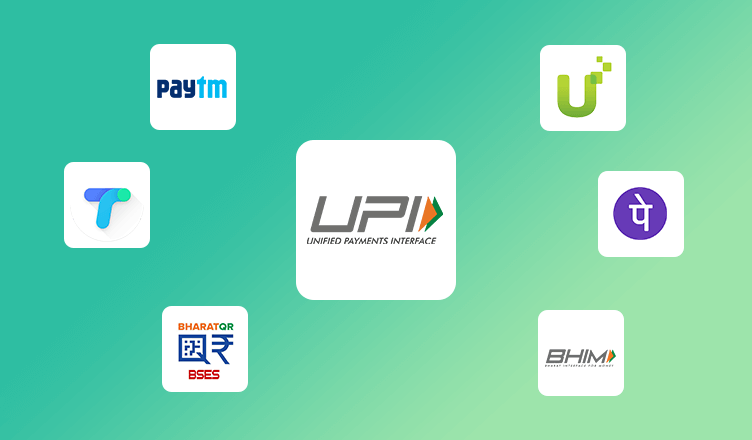Do you sell online? Have questions about GST and its impact on your online business? Here’s a blog simplifying Goods and Services Tax for you:
What is GST?
GST is the single biggest tax reform in India aimed at replacing all indirect taxes like sales tax, service tax, VAT, customs duty, central sales tax, entertainment tax, luxury tax etc. GST is “one indirect tax” on the supply of goods and services, right from manufacturers to the end consumer for the entire country, which will make India one unified common market. In the current scenario, indirect tax is highly complex due to the multiplicity of taxes, compliances issues obligations, tax overlaps.
What will be the impact of GST on e-commerce business?
Let’s first understand what Electronic Commerce & Electronic Commerce Operator means under the ambit of GST: “Electronic commerce” is the supply of goods or services or both of them. This includes digital products sold over digital or electronic network; { as under Sec.2 (44) of CGST Act}
An “Electronic commerce operator” is any person who owns, operates or manages the digital or electronic facility or platform for electronic commerce. { as under Sec.2 (45) of CGST Act}. Also, a person providing information or any other services incidental to or in connection with such supply of goods & services through electronic platform will be considered as an Operator.
Here are few real-life examples to explain how different sellers in the online world will be affected by GST:
1. Direct Supply from Seller to Customer: –
Sellers who have their own website for their business and do not rely on other online aggregators for the listing of goods. In this case, Central GST (CGST)/State GST (SGST) shall be charged by a seller in case of an intrastate transaction and IGST in case of an interstate transaction.
Eg: Rahul orders a book from bookshop.com. The online website shall be maintained by the seller – Bookshop & the invoice of the book has to be generated by Bookshop and shall levy GST on the product sold.
2. Supply from Seller to Customer via online Aggregators/Intermediary: –
Products of sellers are listed on websites of aggregators. These orders are in turn given to the Seller for delivery of the goods. Here, the seller has to make the invoice & deliver the same to the customer directly. The invoice shall contain the name of the company/firm, Reg. Address, TIN/CST no. etc.
Example: Mr. Rohan orders the latest mobile from the Online aggregator. The aggregator will now book an order on behalf of the Seller named XYZ Retailer. So, the aggregator will ask XYZ Retailer to deliver goods to the customer. Here, the seller XYZ shall levy GST on the goods. The aggregator shall generate an invoice and charge GST according to the services given to the seller like Courier, Shipping charges, Booking, Commission etc in the name of the seller. Invoice to be charged can vary according to T&C contained in MOU with sellers. Eg – If goods are delivered by e-commerce platform to the customer then shipping charges shall be charged by platform in the bill.
3. Sellers to Online Portal to Customers: –
Here, online portals buy goods from sellers and then these portals sell to final customer i.e. the inventory has to be bought by the portal. Role of e-commerce site shall not be limited to provide interface but also to become the owner of the goods.
For example, Mr. Sourabh orders portable speaker from the Online Website ABC, this site will book order & purchase the goods from Shashi Electronics to deliver the goods to Customers. The invoice of the said speaker will now be created by Shashi Electronics including TIN No. and addressed to the Website – ABC. Now, ABC will issue an invoice to Customer.
Who needs to be GST compliant?
The following type of businesses need to register:
- Any business crossing the threshold limit
- Existing businesses registered with the central (Excise / Service Tax) or state (VAT) authorities
- Taxable person carrying on an interstate supply
- Businesses liable under reverse charge in GST ambit
- Businesses wanting to collect GST or claim input (despite being below threshold) can take voluntary registration
How to become compliant?
Registration process for a new seller
A seller has to fill in registration application in less than 30 days of crossing the prescribed threshold / starting of a business. Here, the date of application would be considered the effective date of registration for obtaining Input Tax Credit (ITC).
Registration Process for an existing sellers
All sellers registered with central or state tax authorities would be migrated to GST by default and allotted Goods and Service Tax Identification Number (GSTIN). Sellers falling below the threshold may continue to be registered and get benefits of GST credit chain or opt out themselves.
GSTIN:
It is a 15 digit PAN based number with state code & business vertical details as shown below:
State Code: To be based on India census 2011. Ex: 27 for Maharashtra and 29 for Karnataka
Entity Code: Alphanumeric 1 to 9 and A to Z based on number of business verticals in a state for the same PAN (i.e 9 digits plus 26 characters, a total of 35 business verticals per state is possible)
You can read this blog about the impact of GST on online businesses. Stay tuned with PayUmoney blog for more updates and insights.








Dear Sir,
I am a Electronic commerce operator but my turn over is below 20 Lakhs annually do I still have to regiter for GST ?